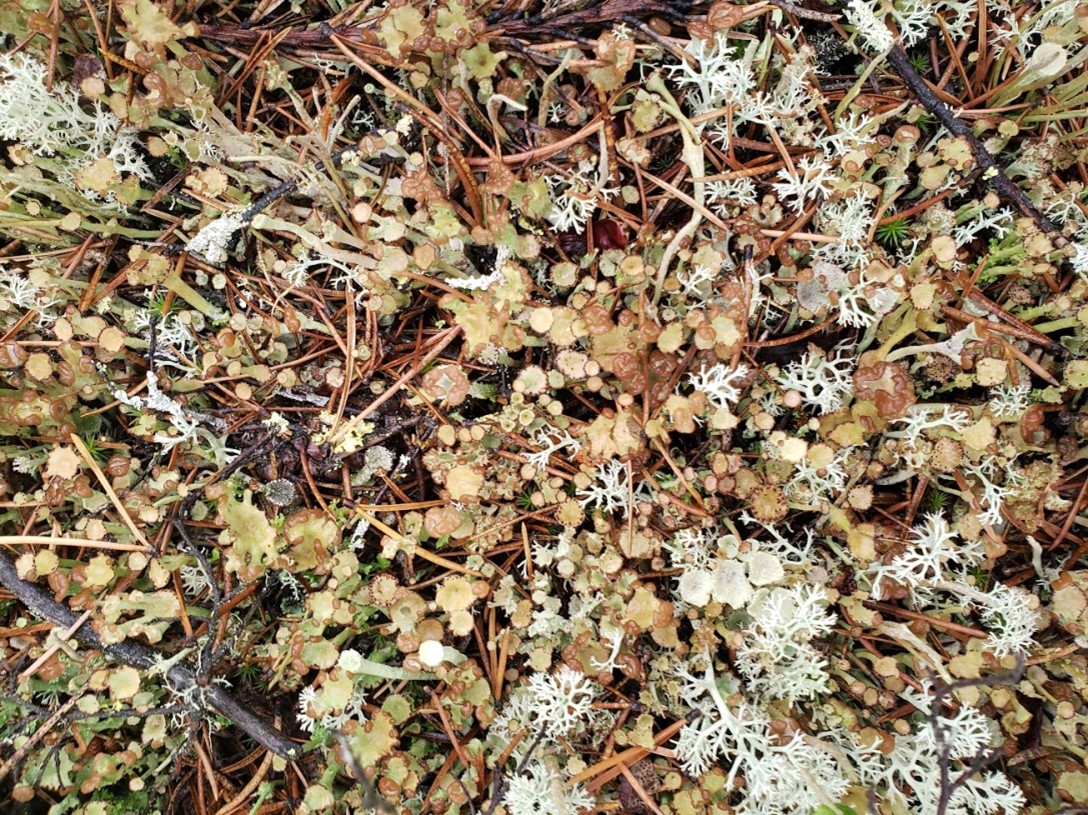Abstracts
Presentation #1: Disentangling the effects of anthropogenic habitat alteration from climate on white-tailed deer densities
Melanie Dickie and Maud Laurent
White-tailed deer are expanding their range across much of western Canada’s boreal forests, and have become increasingly common in northern Alberta. Expanding distributions and increasing white-tailed deer abundance has important implications for community dynamics, particularly in the context of declining woodland caribou populations. Previous studies have speculated that habitat alteration and climate change combine to influence deer populations. However, the relative contributions of these impacts are difficult to quantify, primarily because climate and landscape alteration co-vary across much of Canada – winters become more severe and lands less altered by humans at increasing latitudes. In spite of decades of research on caribou and the species implicated in caribou declines, study designs in which gradients in landscape alteration and climate are replicated across large areas are rare because of inherent confounds across space and time. We will present results from two complementary programs that tackle the problem of disentangling the effects of anthropogenic habitat alteration from climate on white-tailed deer densities using camera traps. Understanding the drivers behind white-tailed deer expansion in Canada’s northern boreal forests will help to understand the mechanisms behind increased predation on woodland caribou populations, and inform caribou management actions.
Presentation #2: Human-made landscape features bolster white-tailed deer invasions: from behaviour to population distribution across the Alberta boreal forest
Jason T Fisher and Cole Burton
The collision of roads, forest harvesting, and oil and gas extraction leave a massive and complex footprint on the western boreal forest. This younger, patchier, novel landscape is implicated in the sustained invasion of white-tailed deer, a southern species steadily marching north. White-tailed deer pose a problem for woodland caribou, as high populations bolster wolf numbers, contributing to declines. We show that multiple lines of research spanning individual behaviour and movement, reproduction, landscape-scale density, and boreal-wide distribution, all firmly identify landscape features as supporters of deer invasion. Boreal landscape restoration and management will have to target an array of features to return this to a caribou-only system.








